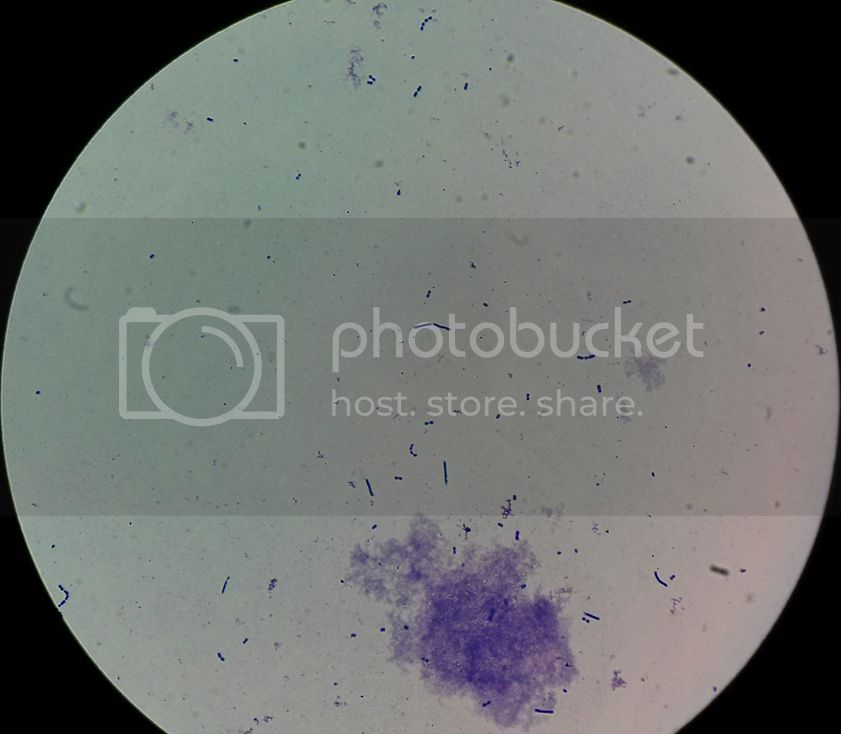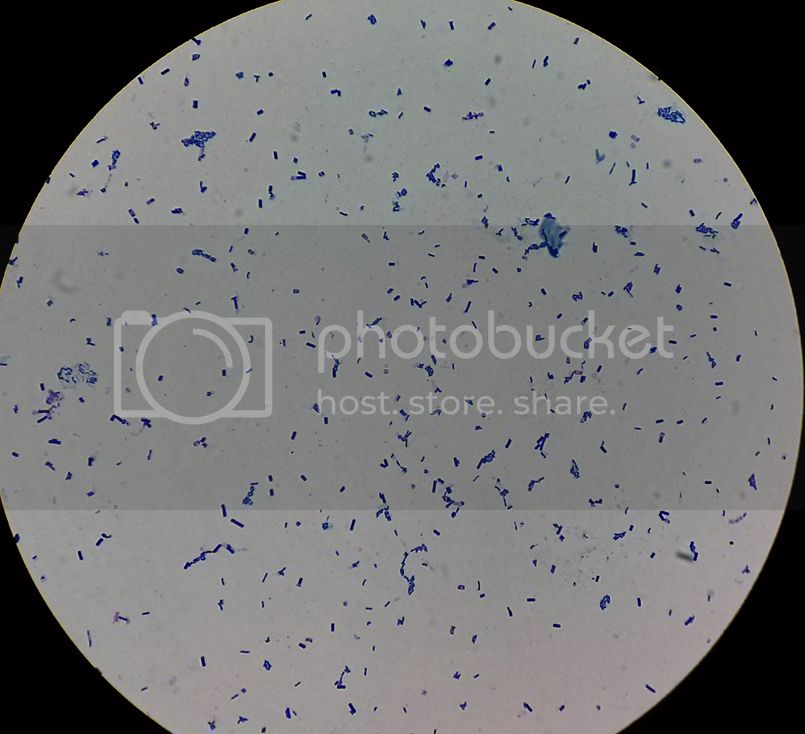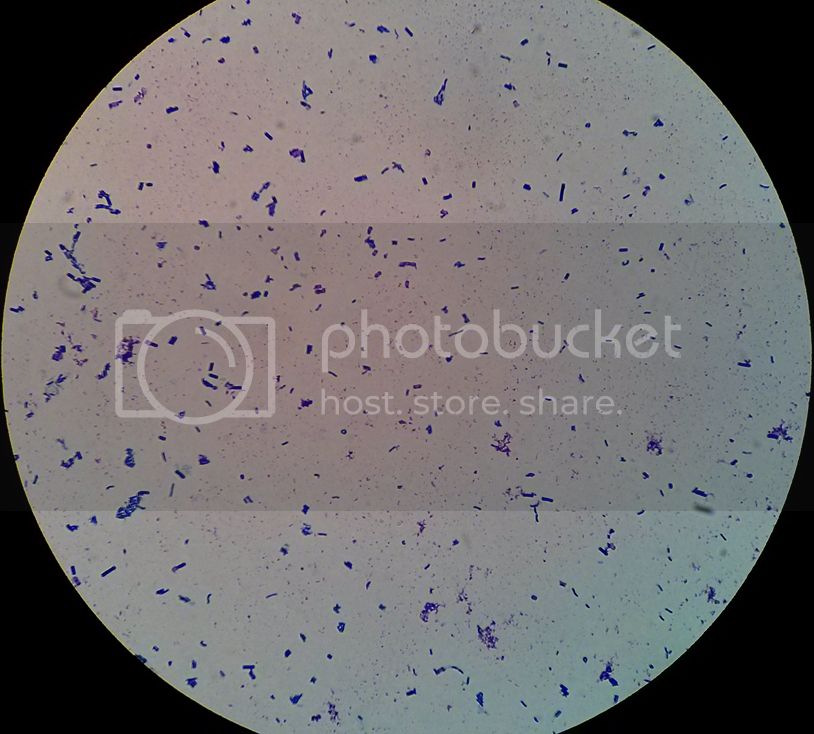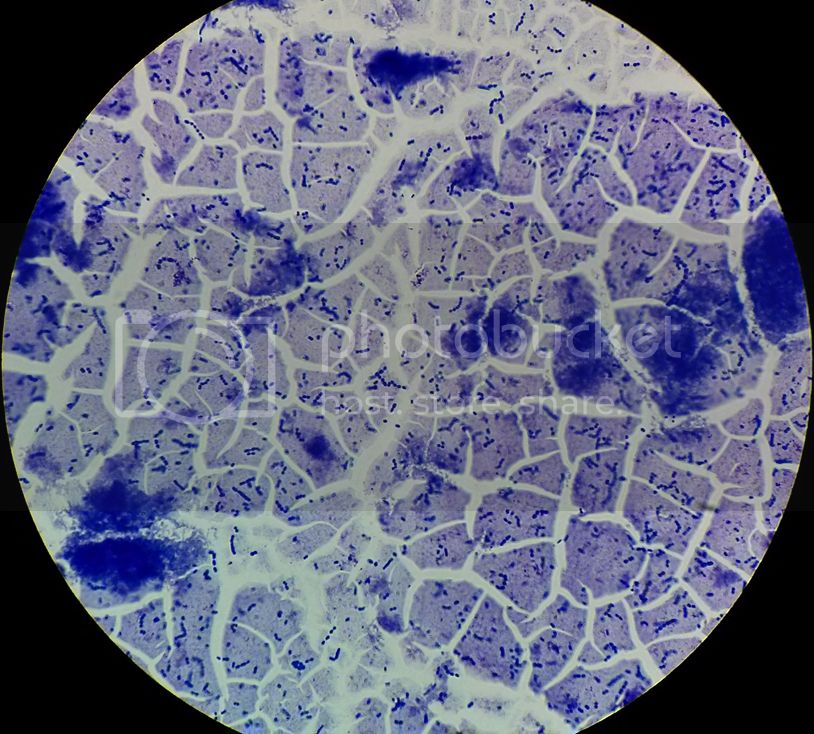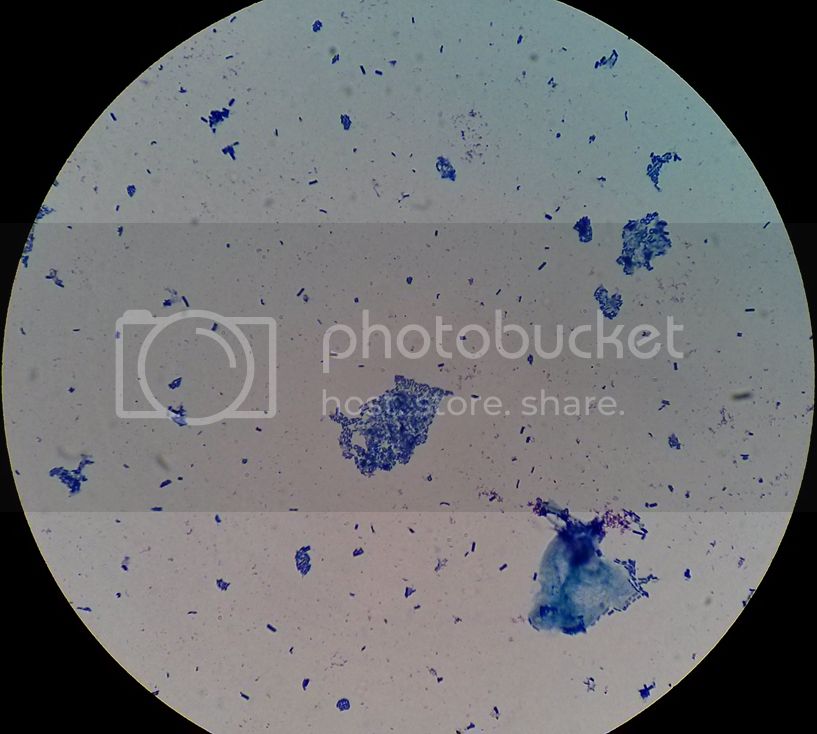So I've fermented using whey with mixed results. I've moved to lacto probiotic pills, but things seem slow. The thing with the pills, it says x millions of active cultures, but they can't be active as they are dry pills and would not be alive without a source of moisture and nutrients. Lactobacillus is a spore forming bacteria however, which is what I think these pills contain. Basically when conditions are favorable, the spores develope into active culture forming bacteria. So here's what I want to do. I want to inoculate a nutrient medium containing 2% NaCl solution, sucrose, and bit of vinegar to lower the pH below 5. I will inoculate using the pills (spores), and keep this culture at 37C for 24hrs. I'll take some samples and check under the microscope for bacterial growth. If this kick starts the spores, I'll use it as my starter. I'm basically attempting to make my own starter culture similar to the white labs cultures you can buy... short of having to buy theirs all the time. I basically want a hardy culture as a starter that will get things moving immediately.
Thoughts?
Thoughts?

